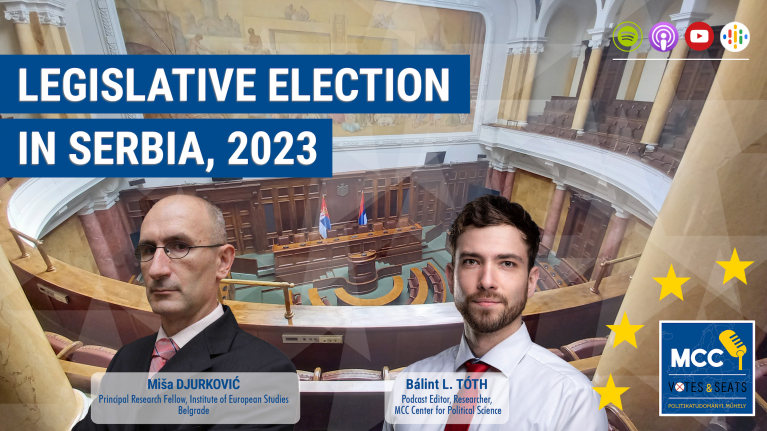The city-state has adopted sustainable building techniques to achieve a healthy balance between environmental preservation and urban growth. This commitment towards reflects Singapore's dedication to creating a sustainable and resilient future, and has many aspects, which I intend to present in this article.
Integration of Nature in Urban Spaces and Innovative Architectural Designs
One of the key aspects of Singapore's green architecture is the integration of nature into urban spaces. Since its foundation, the city-state has been designed with an emphasis on incorporating greenery into the built environment. Iconic examples include Gardens by the Bay, where green gardens, futuristic architecture and sustainable installations create a unique and eco-friendly urban oasis. Furthermore, architects in Singapore have been pushing the boundaries of innovation, creating buildings that not only serve their functional purposes but also contribute to the environment. For instance, the Oasia Hotel Downtown is an outstanding example of a vertical garden that not only provides a visually appealing facade but also promotes natural ventilation and cooling.
Green Building Standards
Singapore has established green building standards to ensure that newly constructed buildings follow sustainable practices. The Building and Construction Authority (BCA) has introduced the Green Mark Certification, a rating system that evaluates buildings based on their environmental impact. Factors upon which buildings are assessed include energy efficiency, water conservation and the use of environmentally friendly materials. This initiative encourages architects and developers to design and construct environmentally responsible buildings. The BCA regularly updates and revises the Green Mark Certification criteria to stay in line with advancements in sustainable building technologies and practices. This ensures that the standards remain relevant and effective in promoting the latest innovations in green architecture.
To further incentivize the adoption of green building practices, the BCA offers various stimuli to developers and building owners achieving Green Mark Certification. These incentives include tax breaks, grants, and other financial benefits.
Urban Farming Initiatives
To address the challenges of food security and promote a sustainable lifestyle, Singapore has incorporated urban farming initiatives into its architectural landscape. One of the innovative approaches to urban farming in Singapore involves utilizing rooftop spaces and vertical farming systems for cultivating crops, to maximize the use of available space. Furthermore, Singapore encourages the establishment of community gardens, meaning that they provide designated spaces within residential areas where locals can actively participate in growing their own produce. Educational institutions also play a crucial role in promoting urban farming. Majority of schools in Singapore have incorporated gardens into their campuses, allowing students to learn about sustainable agriculture. These initiatives raise awareness about the importance of self-sufficiency and environmental responsibility at a young age.
Green Plan 2030
In 2021, the Singapore government introduced Green Plan 2030, a nationwide initiative aiming to make all Singaporeans contribute to the transformation of Singapore into a sustainable global city, and achieving the state of ,,City in Nature”. With the goal of planting one million more trees across the island to absorb more CO2, the Green Plan allocates an additional 50% of land (roughly 200 hectares) for nature parks, all of which will be within a 10-minute walk of each household and providing cleaner air and cooler shade for inhabitants.
Conclusion
In essence, Singapore's green architecture is not just about constructing buildings; it's a holistic approach that involves citizens, architects, and policymakers in a shared vision for a sustainable future. With the initiatives mentioned above, we can state that Singapore is on the right track towards being a City in Nature, serving as a model for other cities in the world.
Sources
Joson, J. (2022). How Singapore is Pioneering the Way to Creating a Greener Urban Environment. [online] ArchDaily. Available at: https://www.archdaily.com/976437/how-singapore-is-pioneering-the-way-to-creating-a-greener-urban-environment.
NParks (2022). City in Nature. [online] National Parks Board. Available at: https://www.nparks.gov.sg/about-us/city-in-nature.
Singapore Building and Construction Authority (2021). Green Mark Certification Scheme | Building and Construction Authority (BCA). [online] www1.bca.gov.sg. Available at: https://www1.bca.gov.sg/buildsg/sustainability/green-mark-certification-scheme.
Singapore Green Plan (2021). City in Nature. [online] www.greenplan.gov.sg. Available at: https://www.greenplan.gov.sg/key-focus-areas/city-in-nature/.









